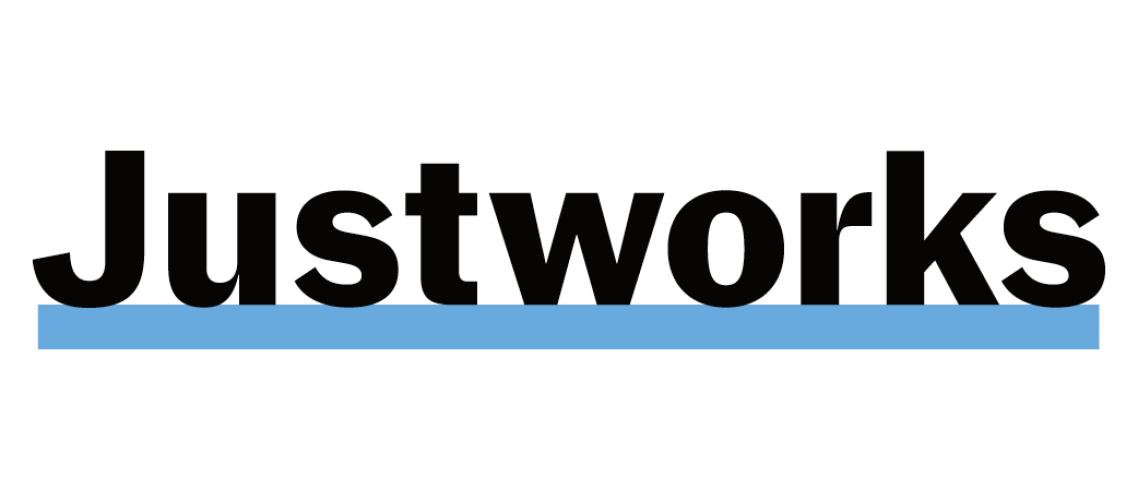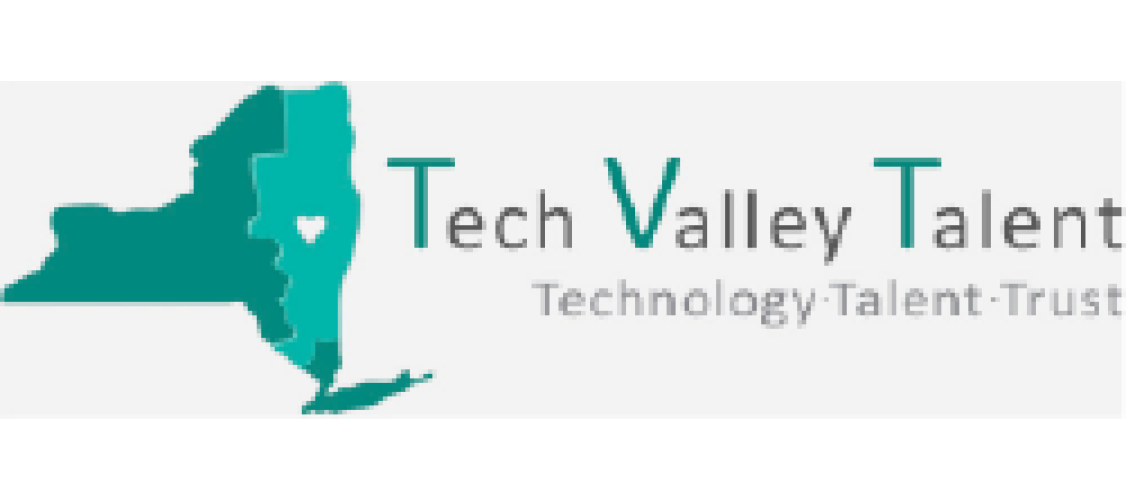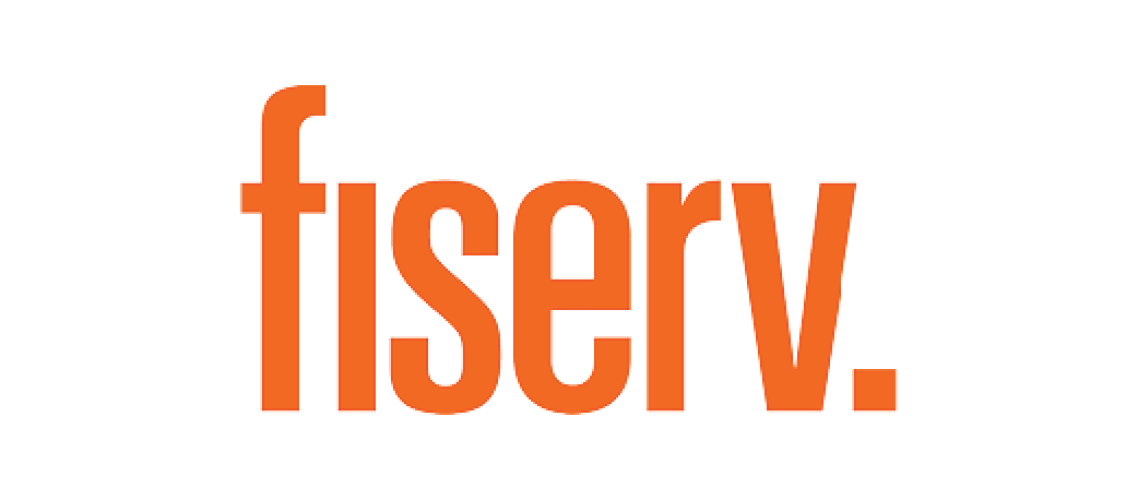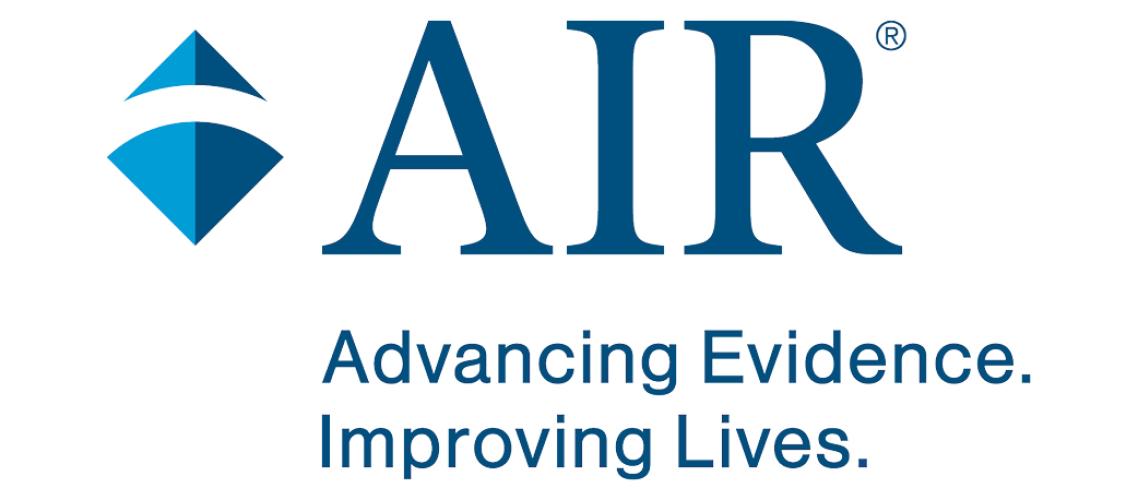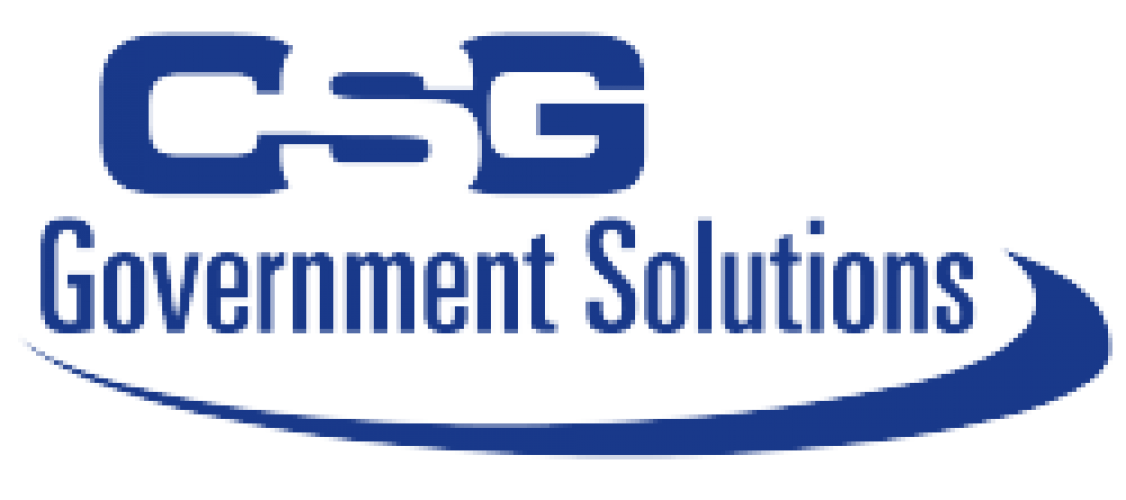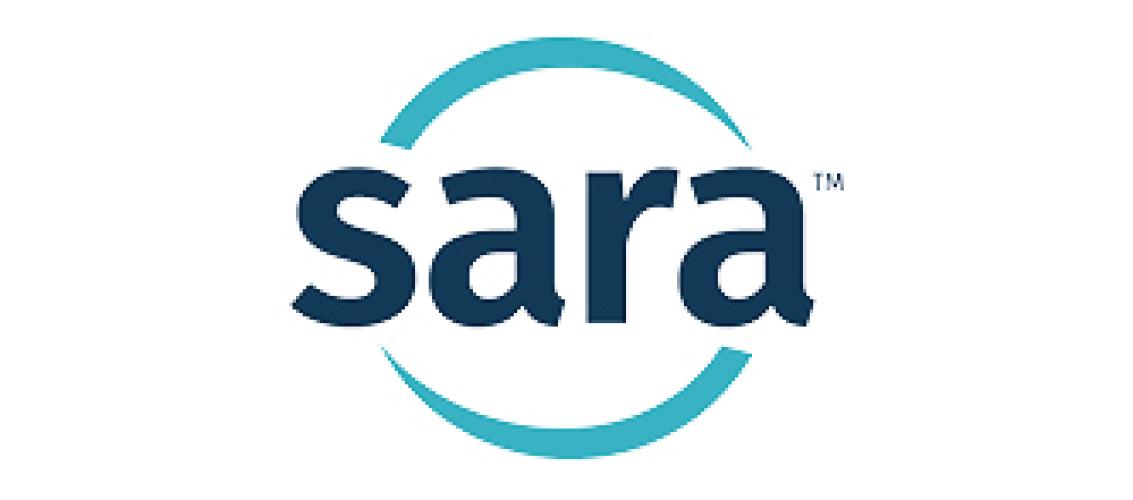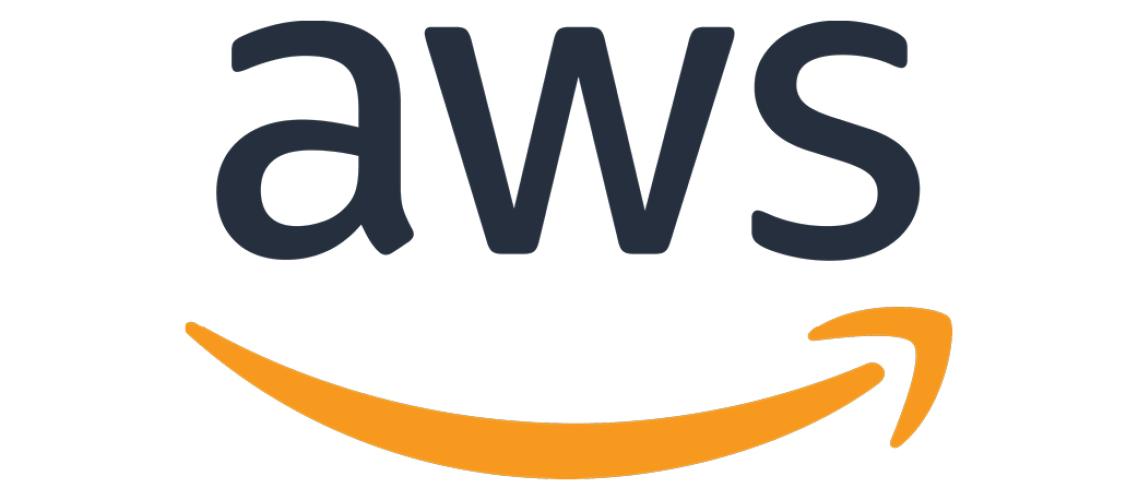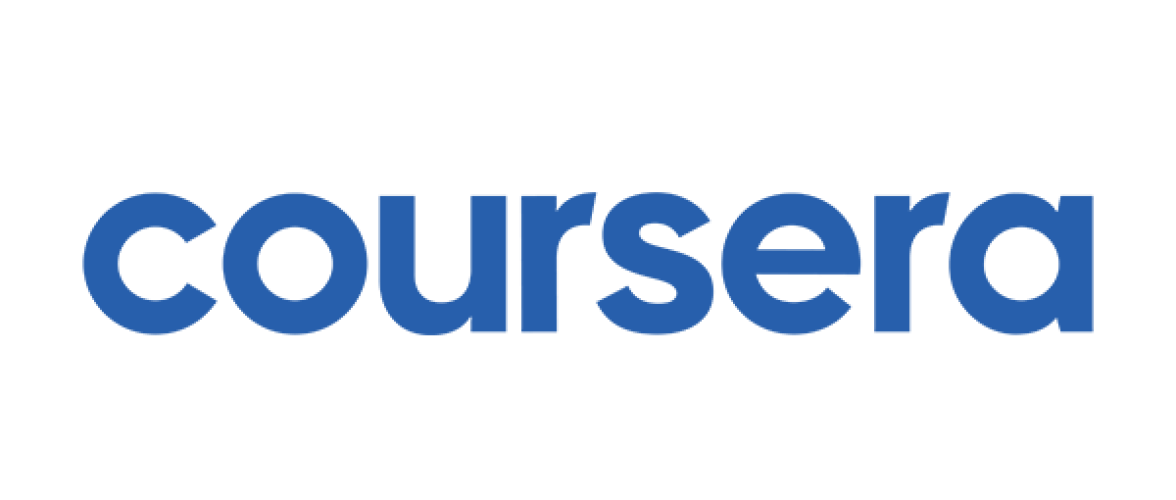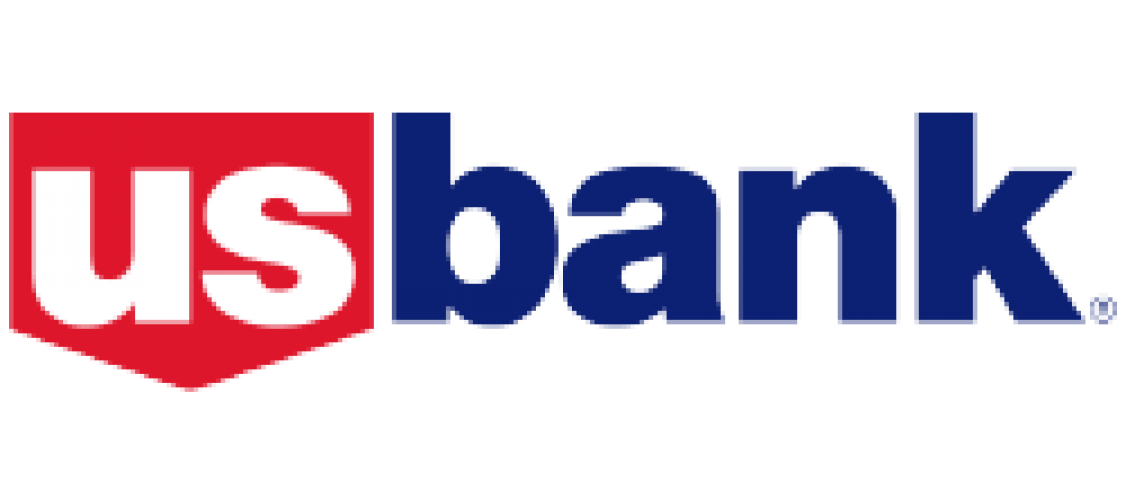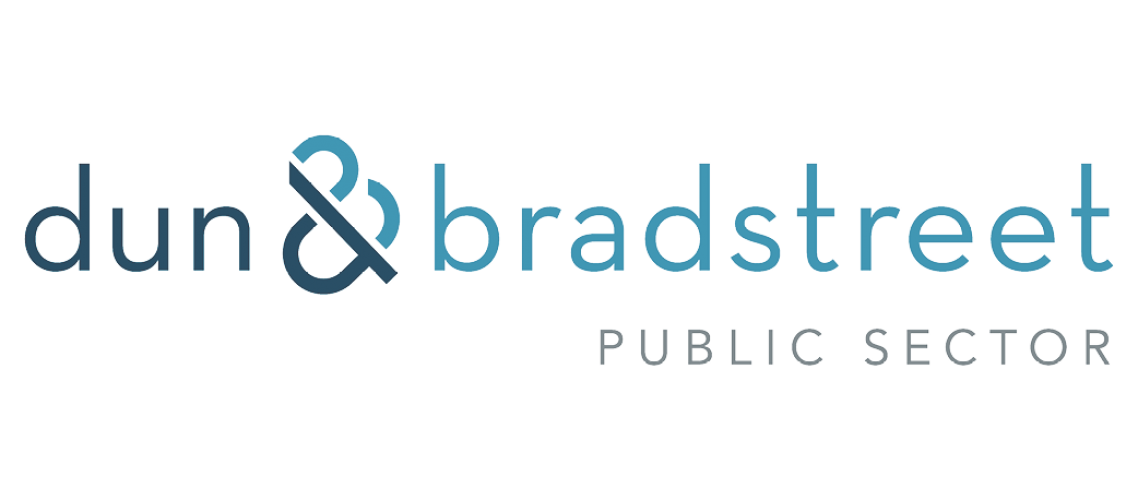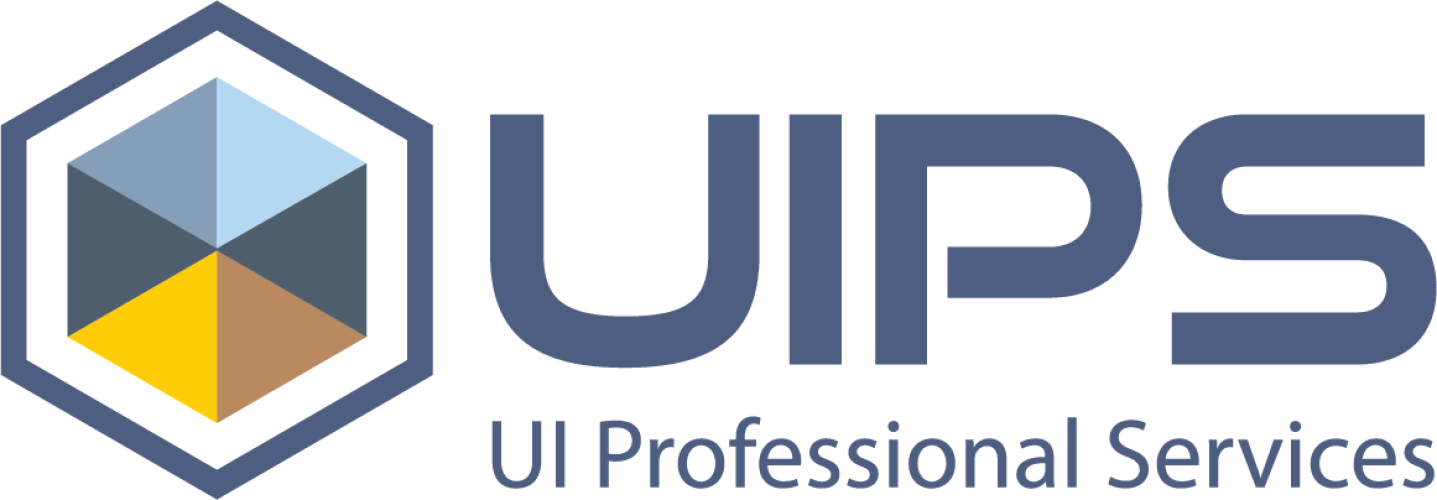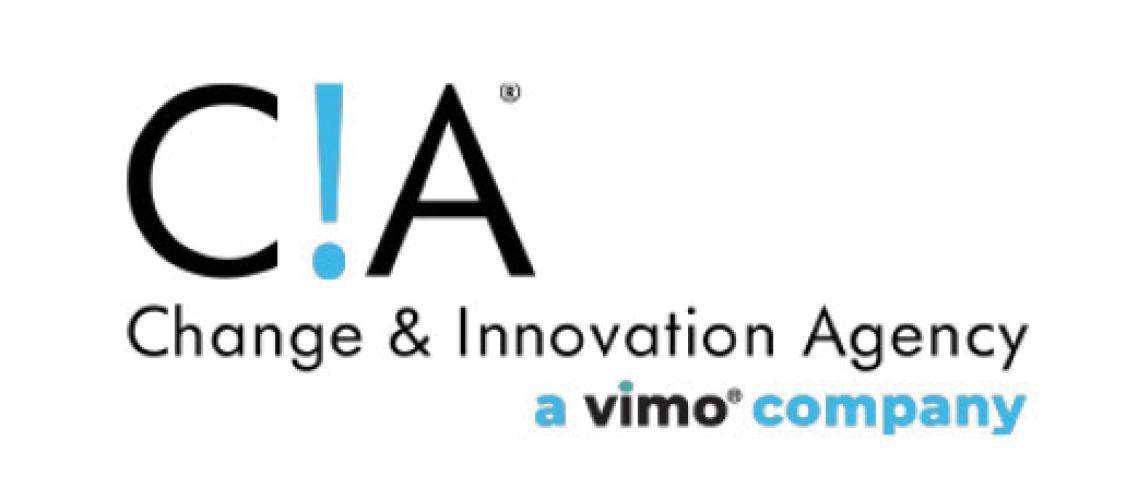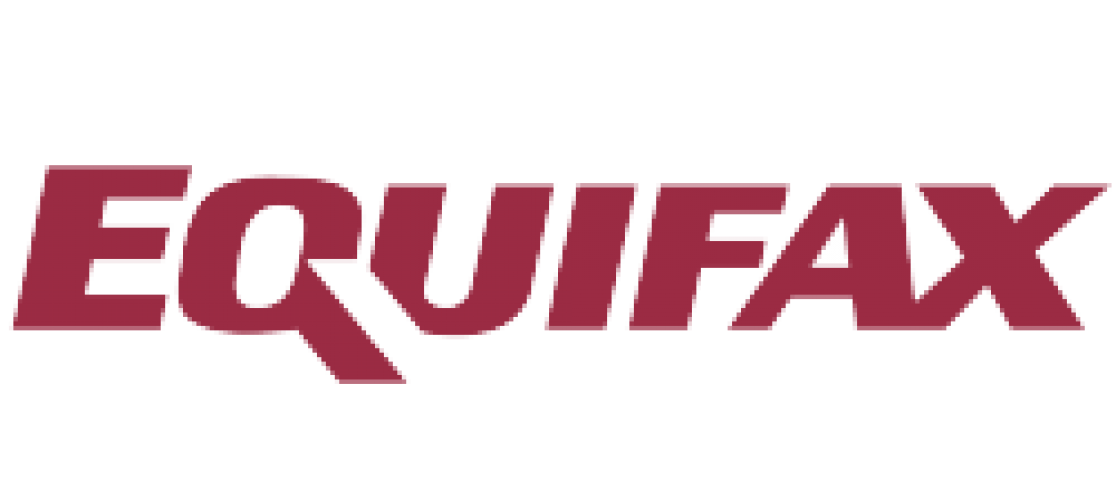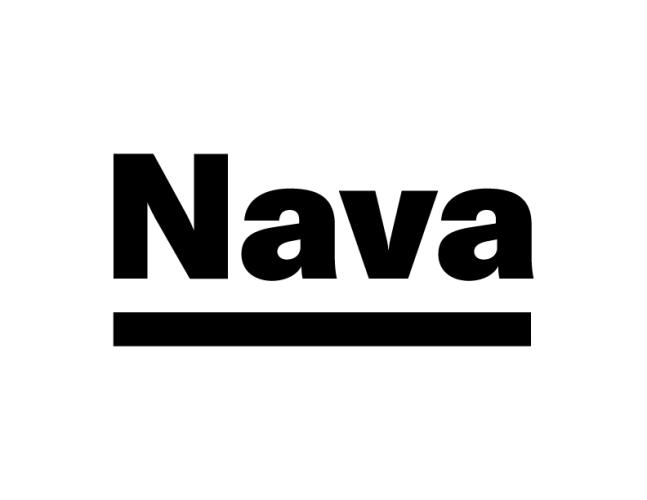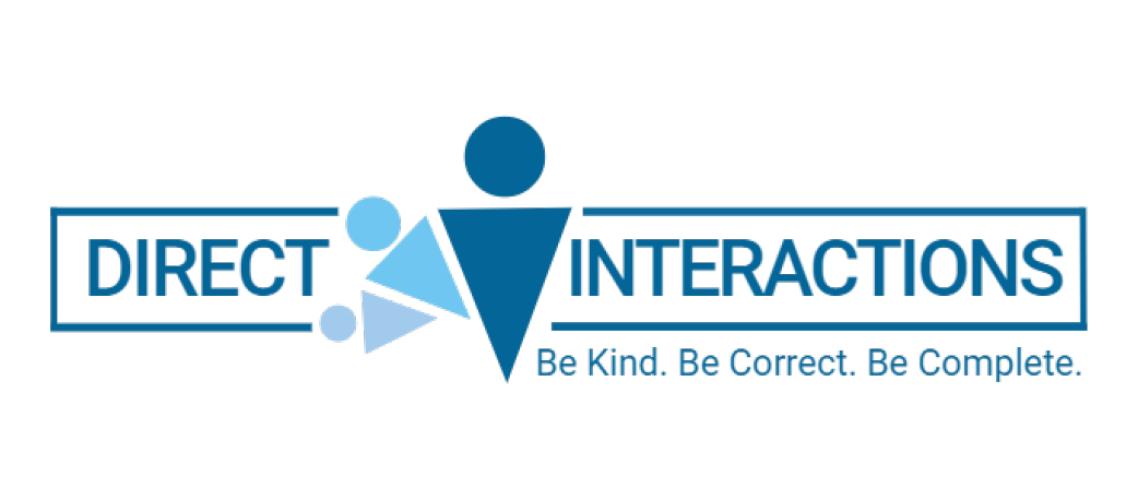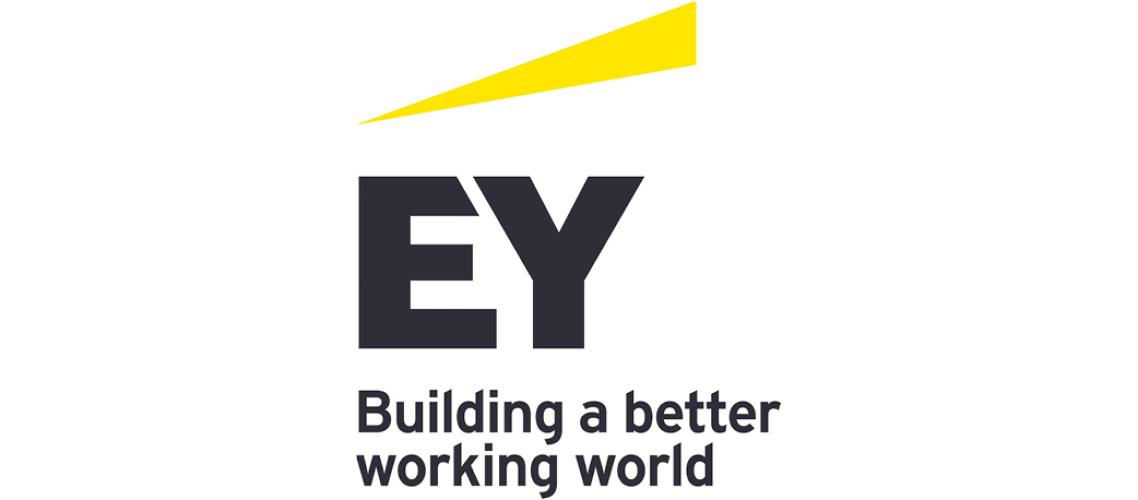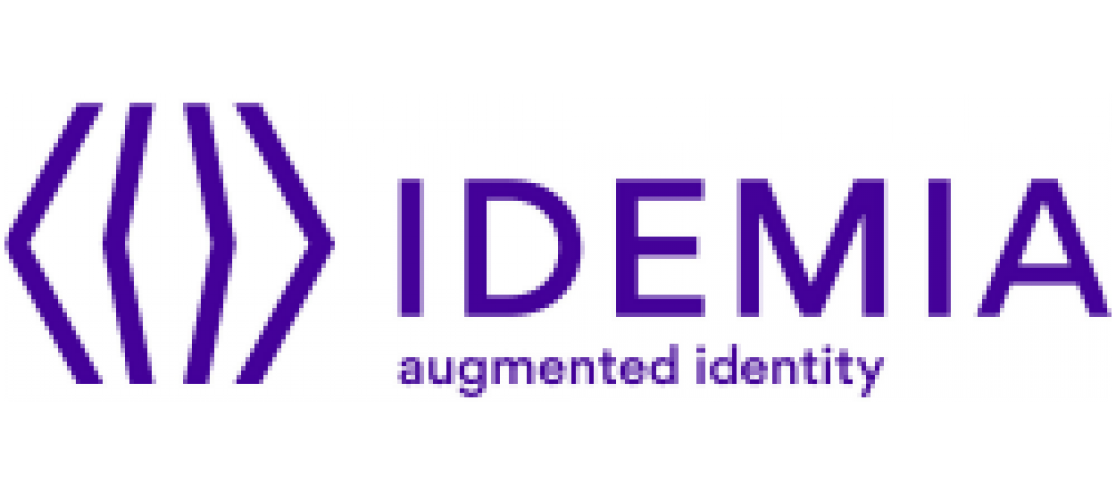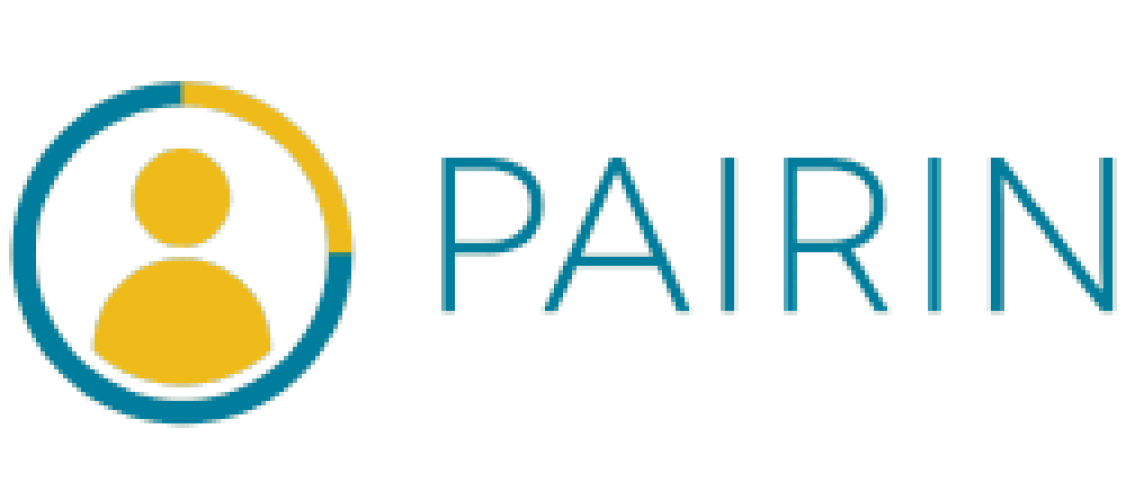NASWA Response to the Office of Family Assistance’s TANF RFI
Ann Flagg, Director
U.S. Department of Health and Human Services
Administration for Children and Families
Office of Family Assistance
Re: Request for Information: Temporary Assistance for Needy Families (TANF) Implementation of Sections 302 and 304 of the Fiscal Responsibility Act of 2023
Dear Ann Flagg,
The National Association of State Workforce Agencies (NASWA) appreciates the opportunity to comment on the Office of Family Assistance’s Request for Information (RFI) regarding the Temporary Assistance for Needy Families (TANF) Implementation of Sections 302 and 304 of the Fiscal Responsibility Act of 2023.
As a non-profit and non-partisan organization whose membership is comprised of workforce agencies in all fifty states, the District of Columbia, and U.S. territories, NASWA brings a unique and diverse perspective to the challenges facing our nation’s workforce. Our members are on the frontlines of policy development and service delivery for programs as varied as workforce development, unemployment insurance, labor market information, and, in some instances, TANF. Notably, our members administer a broad range of programs and partnerships under the Workforce Innovation and Opportunity Act (WIOA) and directly manage the WIOA performance accountability system, which serves as the basis for many of the Fiscal Responsibility Act’s new outcomes measures for the TANF program.
Following the enactment of the Fiscal Responsibility Act of 2023, NASWA and the American Public Human Services Association (APHSA) facilitated a series of cross-sector conversations engaging both workforce and human services administrators at the state-level on the new outcomes measures for TANF. Our comments on this RFI draw upon this cross-sector dialogue and reflect a few common areas of consensus raised by our state workforce agency members.
Ultimately, we hope these comments contribute to the Office of Family Assistance’s successful implementation of these policy reforms and help connect more individuals with meaningful employment and career advancement opportunities in our nation’s labor market.
Thank you for your thoughtful consideration of our comments and know that we welcome the opportunity to engage on this important issue further.
Sincerely,
Scott B. Sanders
NASWA President and CEO
RFI Section 3.3
What technical assistance or supports would be helpful for states and service providers in designing and implementing pilots? What obstacles do you foresee and how can ACF provide assistance to overcome or manage them?
NASWA Response
In NASWA’s discussions with state workforce leaders, states emphasized the importance of having a network of peers where they can share best practices, discuss existing challenges, and dialogue around potential solutions to common obstacles. As the Office of Family Assistance (OFA) selects states for designing and implementing pilot programs, NASWA strongly recommends that OFA identify and support opportunities for peer-to-peer learning and knowledge exchange.
NASWA’s Multi-State Data Collaboratives, which bring together state workforce, higher education, human services, and other agencies, provide a unique opportunity for states to respond to labor market needs, improve programs and services, and address racial and geographic disparities. As OFA looks for options to support pilot states, NASWA would encourage OFA to consider leveraging the Multi-State Data Collaboratives as an ecosystem for inter-state and inter-agency dialogue and collaboration.
RFI Section 4.2
If given the opportunity, do you believe state agencies would have the interest and capacity to voluntarily submit supplemental wage information (similar to WIOA) in addition to information needed for a match with the NDNH? If so, would states be more likely to submit supplemental individual-level data or aggregated outcomes measures using an alternative data source? We are interested in the rationale behind the preferred approach.
NASWA Response
An individual agency’s capacity for submitting supplemental wage information varies considerably from one state to the next given different funding levels, staff expertise, and organizational experience in this area. In NASWA’s discussions with state workforce agency leaders on this topic, many states expressed their intention of providing supplemental wage information but acknowledged that not all states will have the capacity to do so. As such, NASWA strongly encourages OFA to adopt a policy approach that provides states with the flexibility to submit supplemental wage information if they choose but does not make this a requirement for all states. This flexibility is especially important during the initial years of these reforms as states work diligently to implement the Fiscal Responsibility Act’s changes to the TANF program.
Additionally, NASWA encourages OFA to adopt policies, guidelines, and requirements for using supplemental wage data that align with those of USDOL. A consistent approach across TANF and WIOA will benefit all states, including state agencies that oversee both TANF and WIOA programs and already have systems and procedures in place for using supplemental wage information.
RFI Section 4.4
When thinking about exit from the TANF program, what are the most important considerations? In what manner, if any, should the issue of “churn” be addressed? (That is, those cases that cycle off for short periods of time due to causes such as administrative errors, delays in redetermination, or sanctions.)
NASWA Response
The enactment of the Fiscal Responsibility Act of 2023 provides a unique opportunity for the federal government to advance greater alignment of performance measures across systems. In discussions with state workforce agency leaders, states advocated for a standard definition of “exit” across WIOA and TANF and expressed a preference for using WIOA’s 90-day “common exit” definition.
RFI Section 4.8
What technical assistance or supports would be helpful for collecting data for work outcomes? What obstacles do you foresee and how can ACF and its partners provide assistance to overcome or manage those barriers?
NASWA Response
State workforce agency leaders highlighted two priority areas for providing technical assistance and support for collecting data for work outcomes.
First, states emphasized the importance of providing technical assistance on developing and implementing inter-agency data sharing agreements. In NASWA’s discussions with state workforce leaders, states asserted that formalizing inter-agency data sharing agreements between state workforce and human services agencies will be a critical part of implementing Section 304 of the Fiscal Responsibility Act of 2023. States voiced concerns about potential obstacles and their agencies’ lack of experience in structuring these agreements. Accordingly, NASWA strongly encourages OFA to provide direct technical assistance to states for implementing inter-agency data sharing agreements. Additionally, NASWA strongly encourages OFA to collaborate with the U.S. Department of Labor (USDOL) in developing joint guidance to state workforce and human services agencies on developing these agreements.
Second, states expressed a strong interest in OFA—in partnership with USDOL—supporting opportunities for state workforce and human services agencies to engage in peer-to-peer learning and knowledge exchange as they begin implementing the new work outcomes measures for the TANF program. NASWA and APHSA’s respective networks of state workforce and human services leaders provide potential forums for this cross-system collaboration.
Additionally—and as mentioned above—NASWA’s Multi-State Data Collaboratives provide another opportunity for state workforce and human services agencies to engage in cross-system learning and knowledge exchange. Providing states with technical assistance, clear guidance, and the opportunity for both interstate and inter-agency dialogue will eliminate information silos, foster greater collaboration, and ultimately lead towards a more successful implementation of the Fiscal Responsibility Act’s reforms to the TANF program.
RFI Section 4.11
Are there any other questions or issues related to the work outcomes measures for which you wish to provide comments?
NASWA Response
Where possible, NASWA encourages OFA to explore opportunities to greater align data definitions, report specifications, and timelines across TANF and WIOA while providing states with sufficient flexibility to accommodate local needs and conditions.




